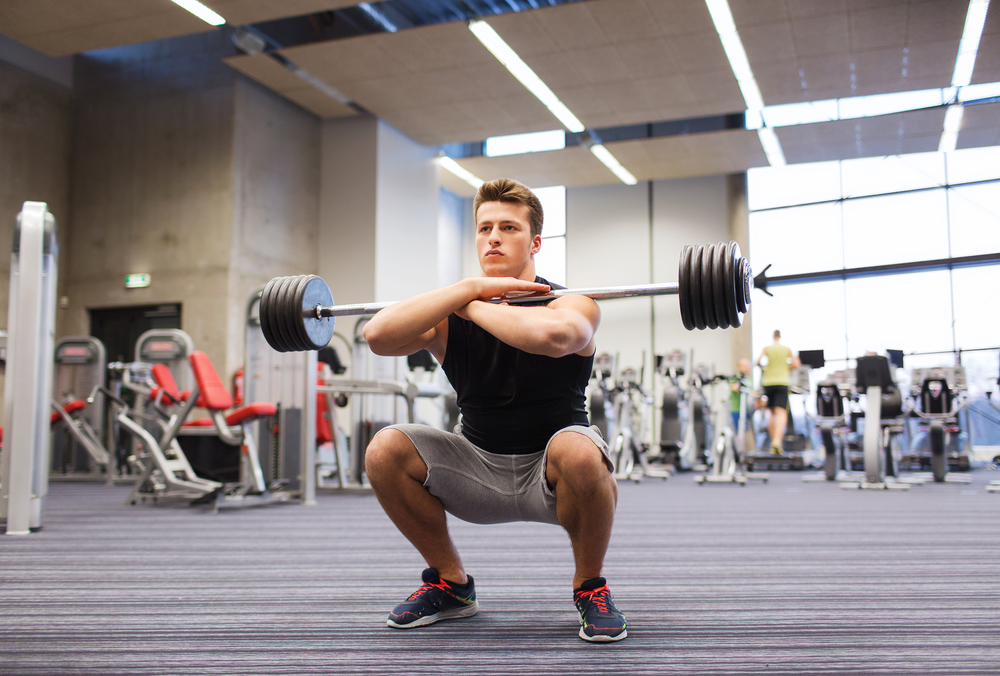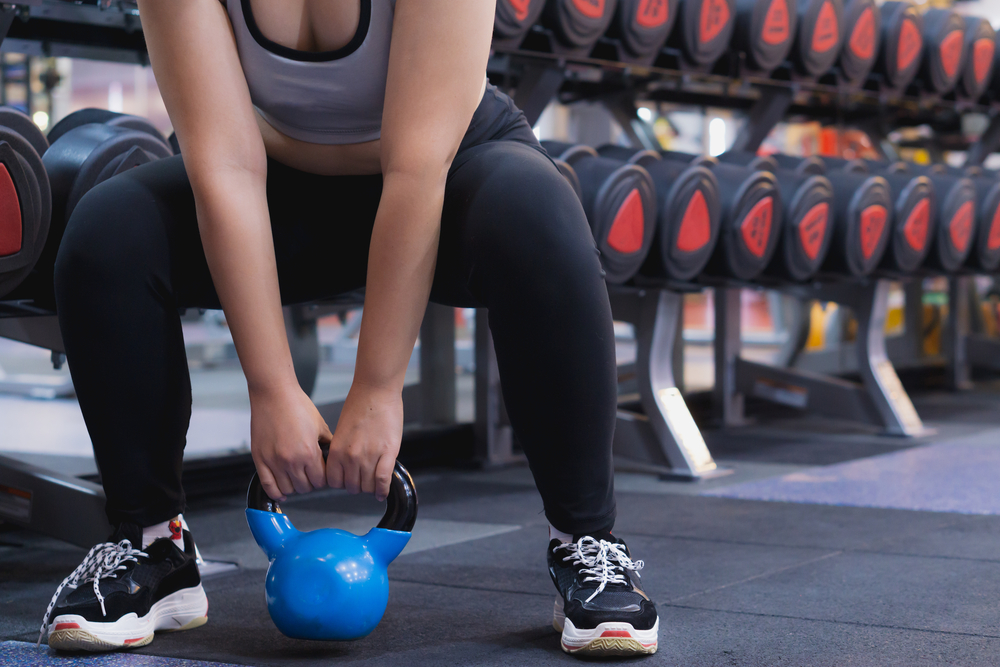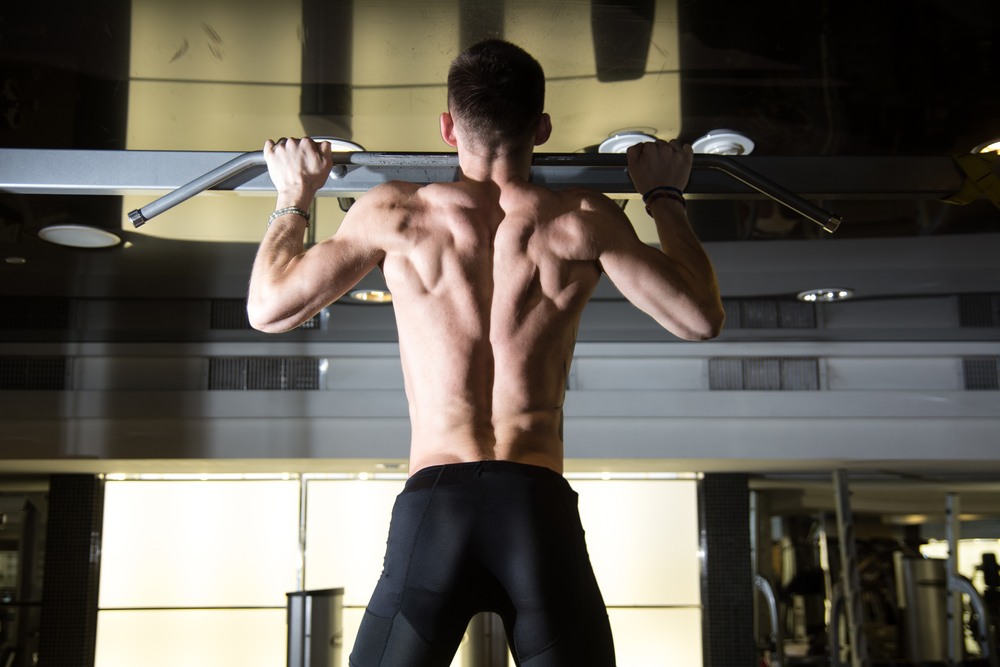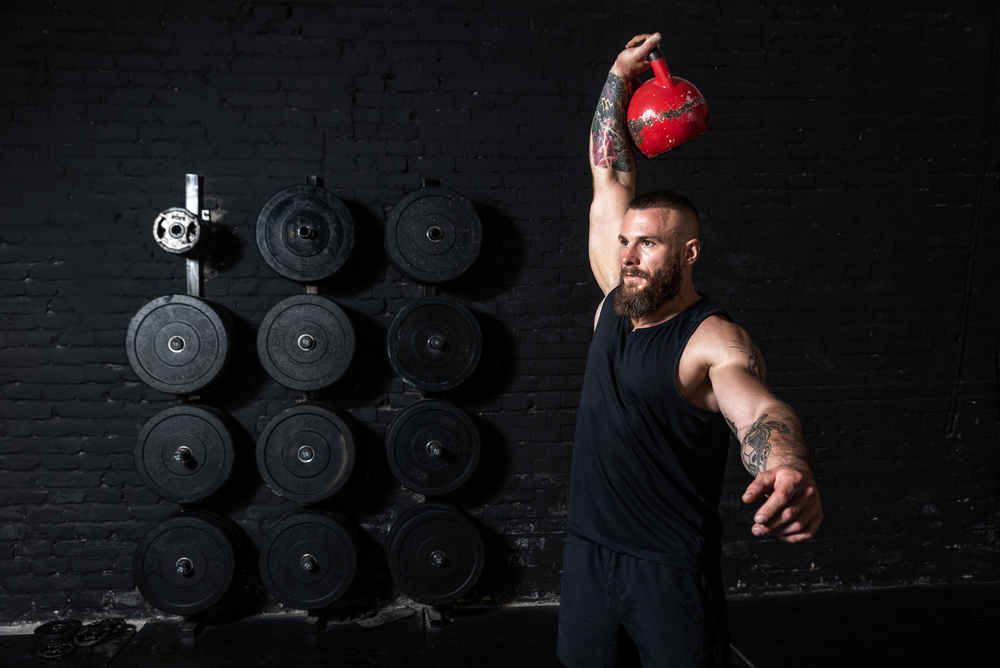
Table of Contents
The kettlebell snatch is a classic kettlebell lifting exercise. It’s performed in competition along with the double kettlebell jerk. Three different weights are used: 16, 24, and 32 kg. Traditionally, kettlebell exercises have been used by weightlifters. However, today kettlebell lifting has gained popularity. Kettlebell training is carried out in a wide variety of disciplines, in particular in CrossFit. Many fitness clubs are equipped with kettlebells. Both men and girls show interest in such activities.
Benefits of exercise
Kettlebell snatch (16 kg) is included in the list of tests for passing various standards. The exercise technique in this case remains unchanged. For 4 minutes, the athlete continuously performs the exercise, and the judges count the number of reps. In particular, to receive a gold badge, a man under 40 must perform a jerk of 16 kg kettlebell 40 times.
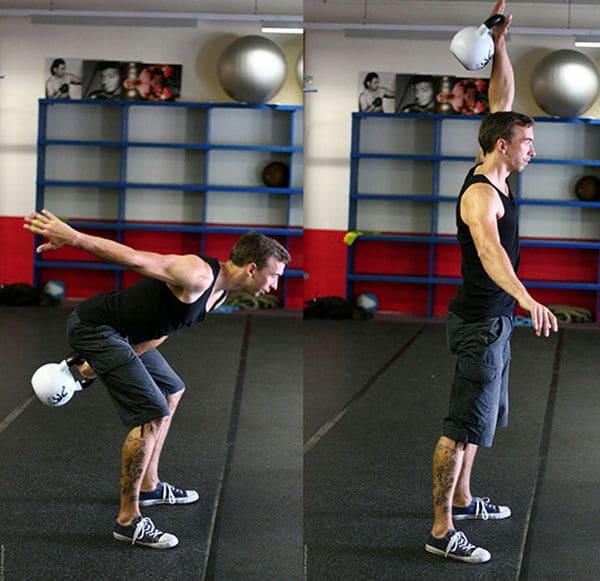
Kettlebell lifting appeared in the 50s of the last century and has now gained great popularity
To cleanly perform the kettlebell snatch, the athlete must have physical strength and flexibility. It’s important to be able to accurately coordinate movements. What kind of muscles work during the snatch? This exercise involves almost all muscle groups and requires tremendous physical and energetic output. Kettlebell lifting is a powerful tool for the development of general fitness, strength, and coordination.
The inclusion of the kettlebell snatch exercise in the training program leads to the following positive effects:
Strengthening the back, legs, and other muscle groups
Strengthening the hands and increasing grip strength
Increasing the endurance and functional capabilities of the body, mastering the breathing technique
Exercise coordination of movements and the ability to control muscle tension and relaxation
Development of speed indicators
“It’s better to start mastering the kettlebell snatch by practicing the movements that make it up. The technique is honed with a minimum weight of 16 kg, and then the weight is increased. For girls, 16 kg may be too much weight. So many fitness clubs have special women’s equipment weighing less than 10 kg.”
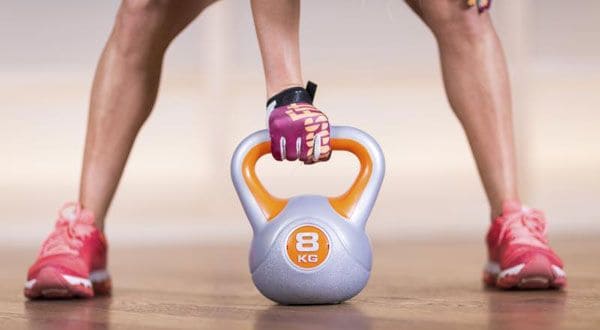
For girls, a 16 kg kettlebell may be too heavy, so lighter weights are recommended
You can also use the regular deadlift and the military press as preparatory exercises.
Kettlebell lifting involves various exercise variations. The competitive version of the kettlebell snatch involves lifting a kettlebell in a standing position with one hand, throwing a kettlebell, and performing a movement with the other hand without interruption. The same technique is used when passing different standards.
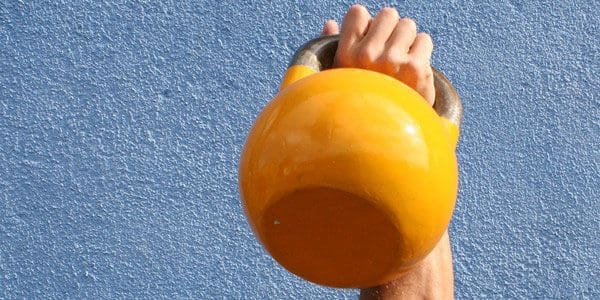
The starting position may vary. The kettlebell can be placed in the middle in front of the athlete or behind one of the legs. You can also perform seated jerks to exclude the work of the leg muscles for one reason or another. And, finally, a jerk of two weights at once can be performed simultaneously or alternately.
Kettlebell snatch technique
The kettlebell snatch is usually divided into several phases or stages, differing in the mechanics of movement.
Let’s list them:
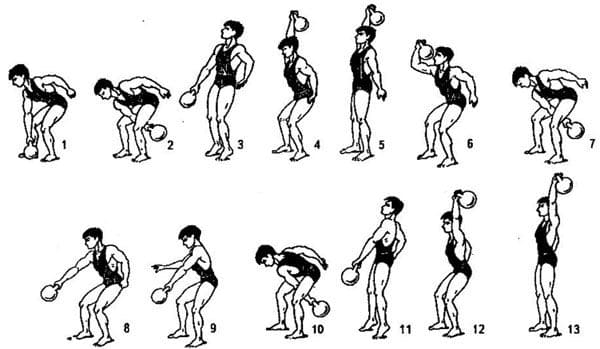
During the kettlebell snatch, the lifter can be in a low or high stance. In the first case, there is a significant angle in the hip joints, and the weight sweeps over the very floor.
With a high stance, the posture is more straight, the angles at the knees and hips are much smaller, and the kettlebell sweeps at knee level. It’s more beneficial in terms of saving muscle energy, however, it injures the hands more.
Breathing
Among other things, kettlebell lifting implies a clear breathing technique. If you don’t pay attention to it, the body won’t receive enough oxygen. The results will be far from ideal. Muscles will quickly fatigue, and the desired benefits of training will turn into harm.
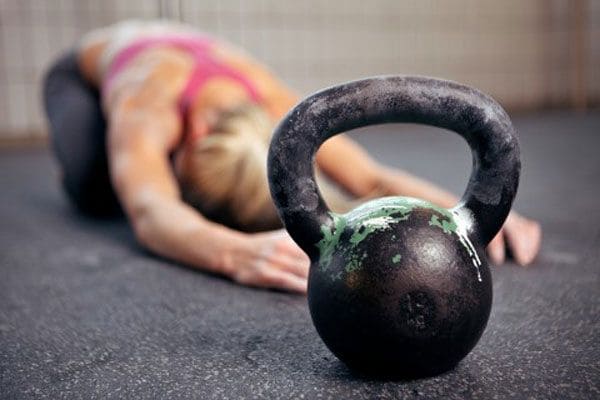
Improper breathing quickly tires the muscles. Strength sport involves exhaling when making an effort and inhaling during the muscle relaxation phase
During the kettlebell snatch, breathing can be performed in 2, 3 cycles, or more. The best option is considered to be 3 cyclic breathing:
“If there is not enough oxygen, you can breathe several times while fixing. Thus, you’ll slow down the speed of the exercise, but will allow you to restore oxygen stores. If high-speed and short-term work is required, the number of cycles per lift can be reduced.”
Having mastered the kettlebell snatch, you can move on to working out a more complex element. You should also start with 16 kg. If you like kettlebell lifting, and participation in competitions is not included in your plans, you can limit yourself to simpler exercises.
Power juggling
There is also such a discipline as power juggling. This, one might say, art, historically came from circus performances. Juggling involves throwing 16 kg and 8 kg kettlebells and performing various tricks with music. One athlete or a whole team can perform.
Power juggling performance programs include up to 30 different types of throws, as well as choreographic elements. In other words, it’s not only a sport but also a spectacular performance. At the competition, both the technique of performing the exercises and the artistry of the performers are taken into account.



